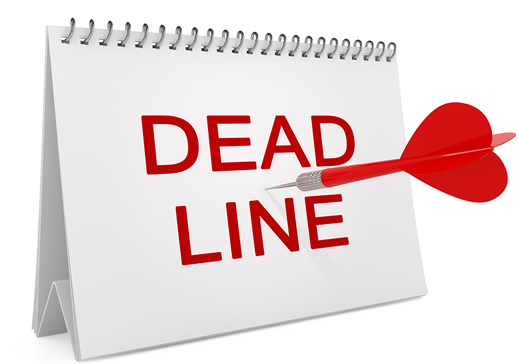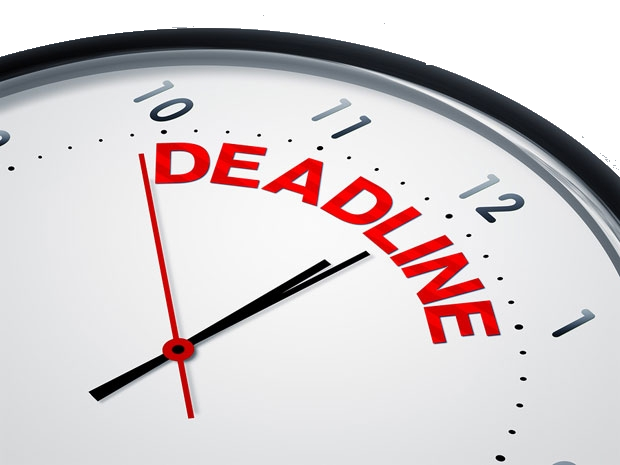Old Stereotypes Made New
Write a 3-page critical response essay that critiques 1 article, Old Stereotypes
Made New: A Textual Analysis on the Tragic Mulatto Stereotype in Contemporary Hollywood.
Use MLA 8th edition, in-text citations and the Works Cited page.
- Introduction: Attention Getter, Background Info/General Info about Topic, Thesis
- Body: a. Summary, b. Analysis: Evaluate the evidence: sufficient (enough evidence, examples), representative (large enough pool/sample), relevant (accurate correlations), accurate, claims fairly qualified, c. Response: base reaction on your own experience, prior knowledge, and opinions
- Conclusion: Repeat thesis, main points of analysis and final thoughts
- Documentation: Works Cited
• Remember to summarize/paraphrase examples/evidence from the article and give credit to the source by including an in-text citation. Avoid long quotes or a lot of quotes. If you quote, use phrases and/or no more than 2 lines of quoted text. Your similarity goal is 15%. Points will be deducted for submissions that exceed the maximum.
Questions to help guide the body paragraphs:
I. Summarizing – This shouldn’t be very long.
The first step to writing is to read actively and thoughtfully, seeking answers to the following questions as you go:
• What is the primary purpose of the work?
• Who is the intended audience?
• What are the main ideas/arguments of the article? What are the main points of the arguments?
II. Analyzing (interpretation and evaluation) – This is the longest section of your essay. 3 small paragraphs (points) should cover it.
To help you generate content for your analysis, consider the following questions:
• Does the work achieve its purpose? Fully or only partially? How so? Evidence
• Was the purpose worthwhile to begin with? Or was it too limited, bias, trivial, broad, theoretical, etc.? How so? Evidence
• Is any of the evidence weak or insufficient? In what way? Conversely, is the evidence/support particularly effective or strong? How so? Evidence
• Can the writer supply further explanation to clarify or support any of the main points, ideas, and arguments? How so? Evidence
• Are there sections you don’t understand? Why? Evidence
• Is the organization of the work an important factor? Does its organization help me understand it, hinder my understanding, or neither? How so? Evidence
• Is anything about the language or style significant? How so? Evidence
III. Responding: Briefly discuss your opinion of the topic. Your opinion of the topic should only be in this section (not the summary or analysis)
Sample Solution

 Our orders are delivered strictly on time without delay
Our orders are delivered strictly on time without delay  Our orders are delivered strictly on time without delay
Our orders are delivered strictly on time without delay 


